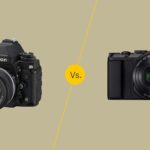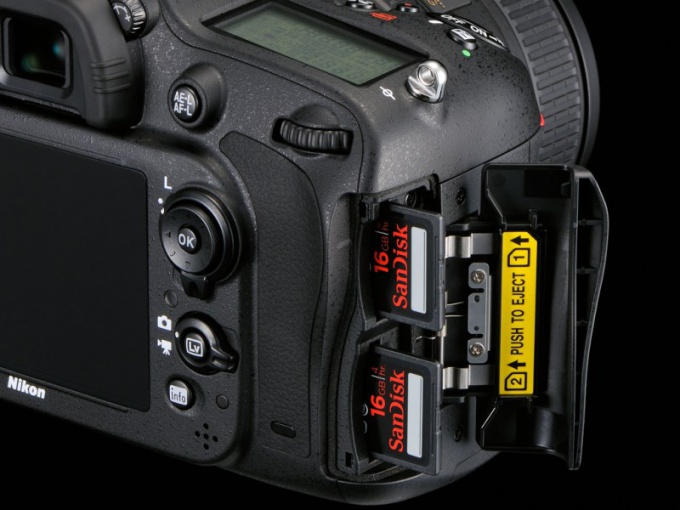What is a digital camera
A digital camera is a very common technique for obtaining high-quality, beautiful shots. Its models are found in almost every home, and are used by both beginners and professionals. A digital camera is divided into types and it has a certain operating principle. The device consists of several main elements - matrix, viewfinder, lens, aperture. Let's look into this in more detail, and also get acquainted with the features of the work.
The content of the article
What is a digital camera
The equipment has a photoelectric operating principle that allows you to record images. To do this, inside the case there are several important elements responsible for picture quality. Modern manufacturers produce a wide range of different digital models.
Device
Each element in the device is involved in obtaining and processing the image. To take good shots, you need to understand what detail affects this or that image parameter. The digital device consists of the following elements:
- Matrix. This is one of the important details. It is she who converts the light rays falling on her into an electrical charge. The matrix converts the optical image into digital information. The quality of the image is affected by the resolution of the element, its size, and light sensitivity.Also, when choosing a model, you should pay attention to the type of matrix.
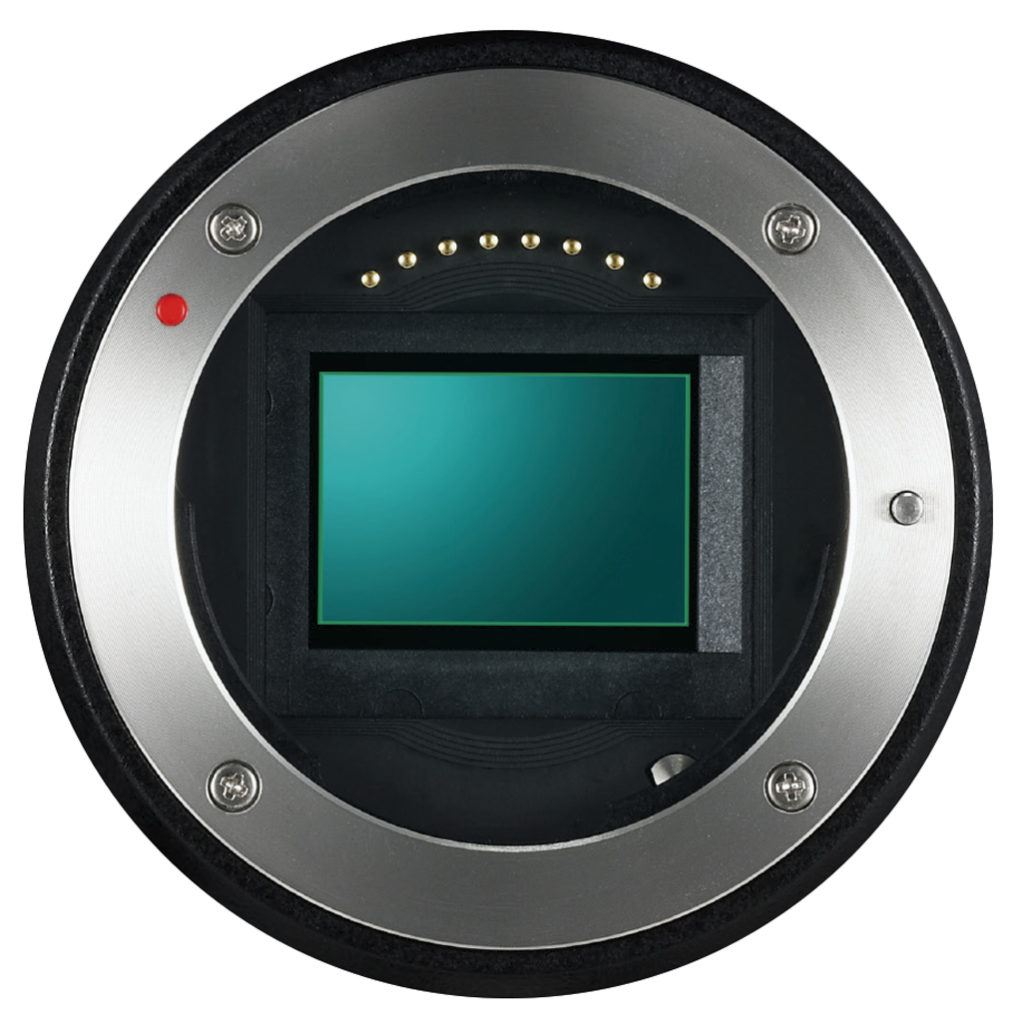
- Lens. It consists of several lenses inside the housing, forming an optical system. It is through this element that light rays are conducted and, after refraction, enter the matrix. Lenses can be made of glass or plastic. The size of the lens affects the quality of the image. The larger it is, the better the image. When choosing, pay attention to aperture and zoom.
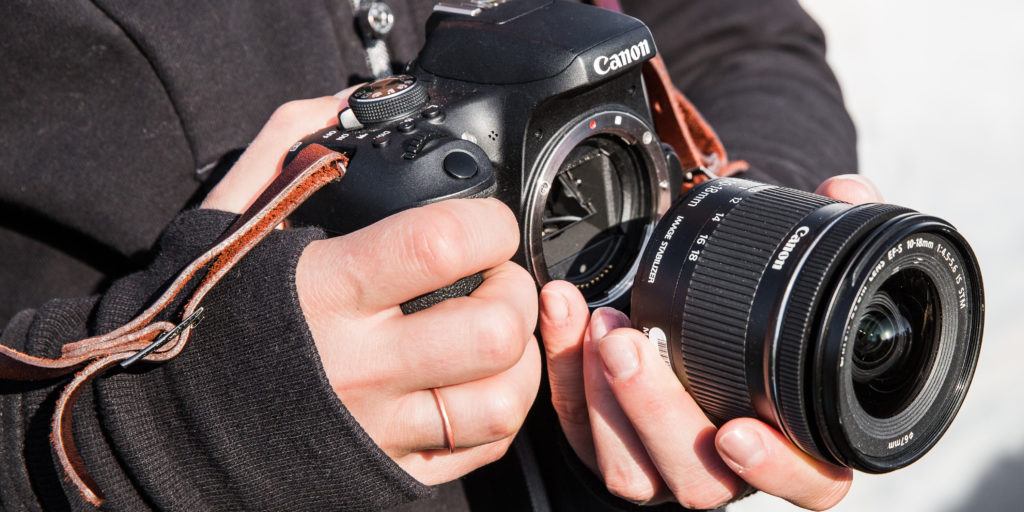
- Diaphragm. Allows you to adjust the light fluxes entering the matrix. Located between the lenses in the lens. Externally it looks like petals that move up or down. The amount of offset affects the size of the hole, allowing it to be round or polygonal. This is how you can control and change the amount of incoming light. The aperture can have different diameters, which affects the depth of field.
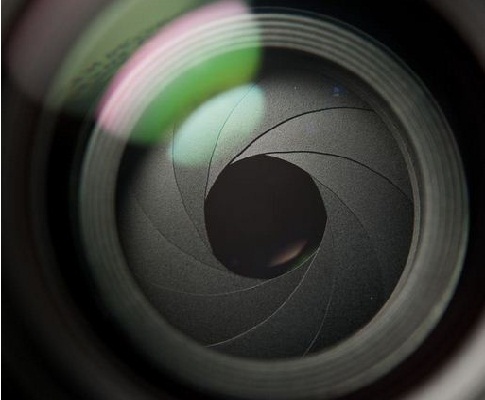
- Viewfinder. He allows the photographer to observe the picture and determine the boundaries of the photo. Some of them allow you to adjust the focus. Modern models are equipped with electronic and optical viewfinders.
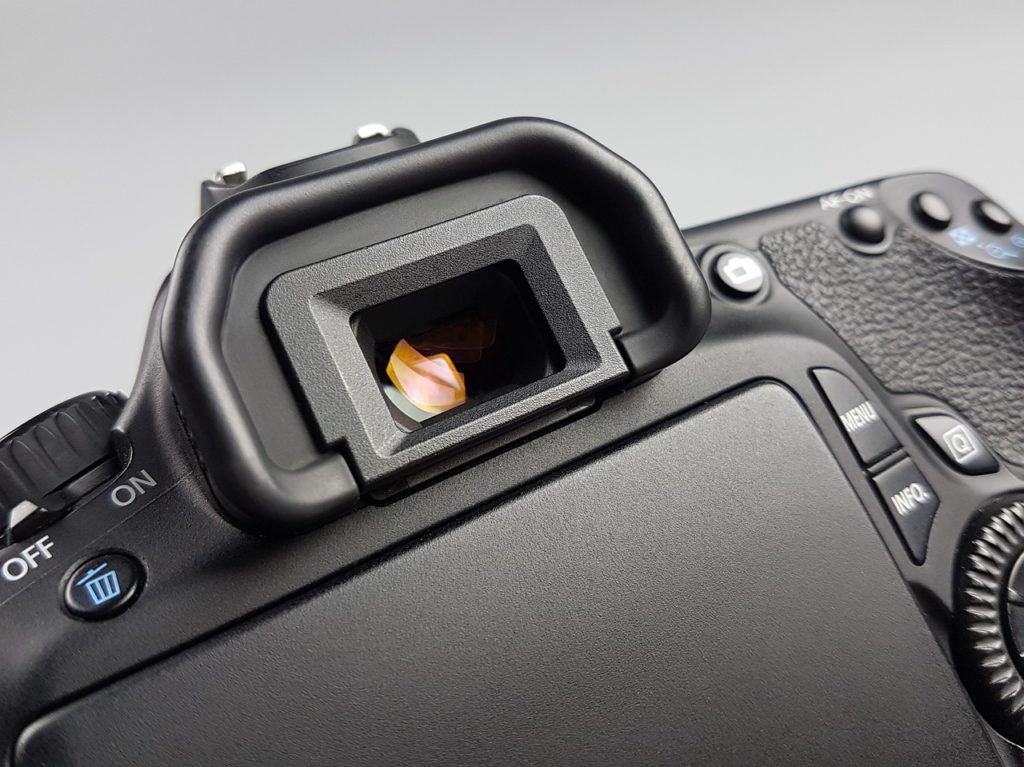
Principle of operation
Film cameras are now much less common. But their operating principle is similar to their digital counterparts. The key difference is in the way the picture is saved. Digital models are equipped with a photoelectric method for this purpose, rather than a photochemical one. Light is transformed not by photographic film, but by a matrix. It encodes its signals arriving on its surface and sent to the graphics processor. This information is then transferred to the memory storage device.
The described process is similar to developing film.But digital equipment allows these manipulations to be carried out instantly inside its own body.
The quality of the resulting images depends on the characteristics of the camera. Therefore, different models are suitable for amateurs and professionals. For ordinary personnel, there is no point in using “sophisticated” equipment.
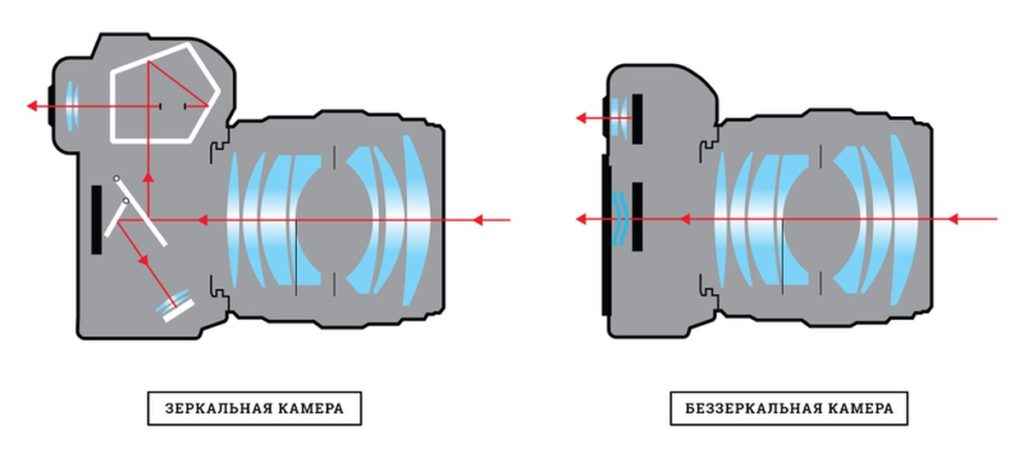
How the digital camera appeared: a little history
Many people are familiar with digital technology and know how to use it. But not everyone knows the story. The first appearance of a device that made it possible to obtain images without film dates back to 1975. It was developed by representatives of Eastman Kodak. A special feature of the model was a CCD matrix and a compact cassette, not built into the device. It was on this that the images were recorded.
Then video photography equipment appeared. This is a special camera that allows you to record static footage on videotape.
Digital technology continued to develop, and in 1988 the first high-quality model of the device was released. But they were unable to completely displace film cameras. Many continued to use familiar equipment based on chemical development of images. Journalists worked more often with digital models.
The situation changed only with the introduction of computer and digital technologies. At this stage, it was possible to achieve high-quality images that film analogues were not capable of. The constant modernization of modern technology has led to the fact that digital models have begun to replace film.
What types of digital cameras are there?
The technology is divided into several main types. Each has a number of features that affect the operation of the equipment and the quality of the resulting frames. Among the types of digital technology it is worth noting:
- Compact. An excellent option for lovers. They are small in size and easy to carry. They cope well with ordinary photographs, allowing you to capture the joyful events of life. The price range is different: from budget simple models to expensive ones equipped with additional functions.
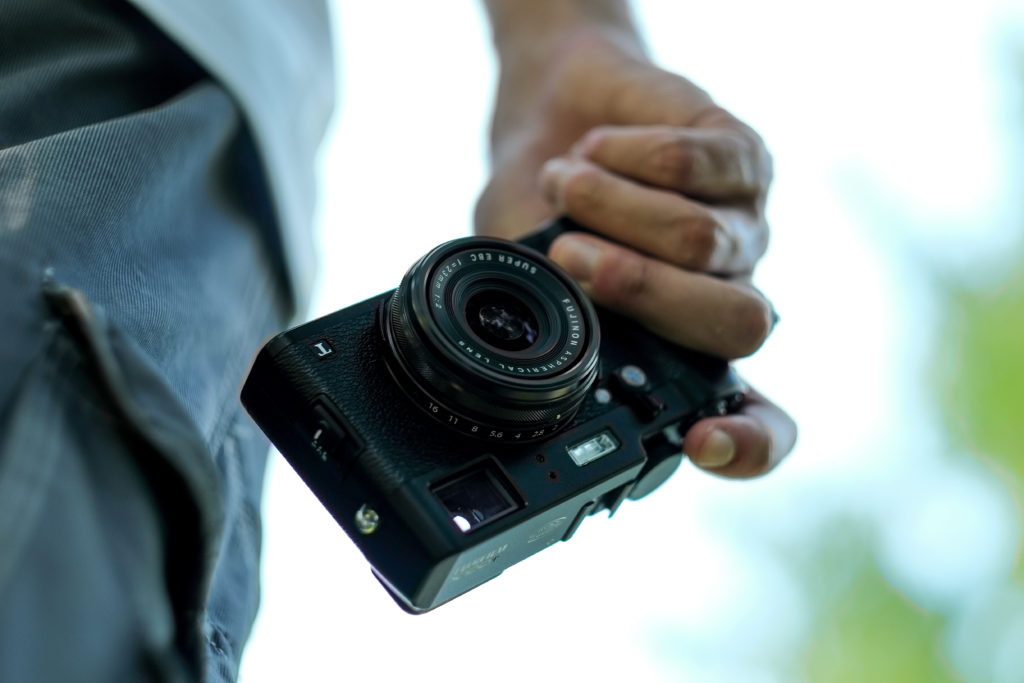
- Mirrored. It differs from the rest in the features of the device. It is equipped with a mirror viewfinder and a high-resolution sensor. There is also a removable lens. The image is of very high quality. Therefore, many amateurs prefer this model. But it is quite large, has a high cost, and not everyone can handle manual settings. Therefore, DSLRs are more suitable for professionals.
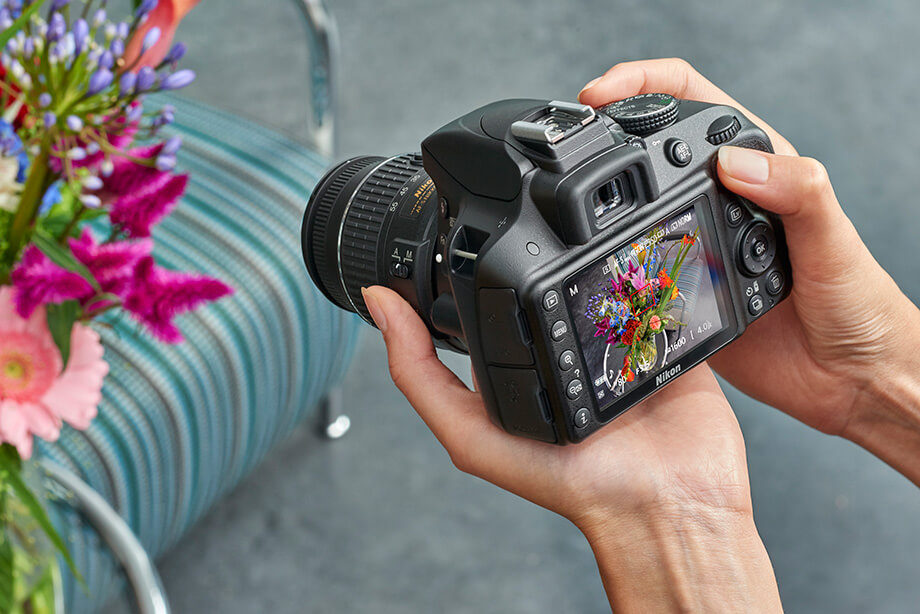
- Mirrorless. The most modern and “young” type of equipment. It is distinguished by the absence of a pentaprism and a movable mirror. Due to this, the camera dimensions are significantly smaller than DSLRs. They have a good set of various built-in functions and are easy to manage and configure. They are easy to carry and take with you.
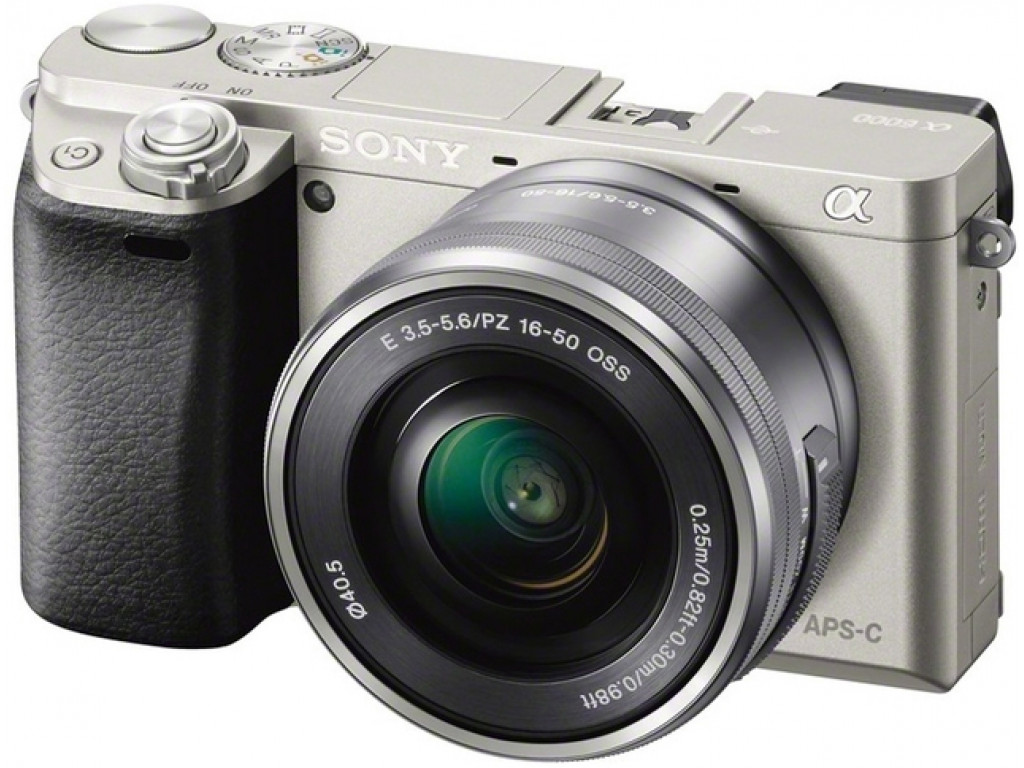
Digital cameras are suitable for both beginners and professional photographers. They are divided into several types and have a number of features. Allows you to get high-quality, beautiful shots. The cost depends on the specific model and its set of functions. Therefore, any buyer will be able to choose a camera according to their needs.

